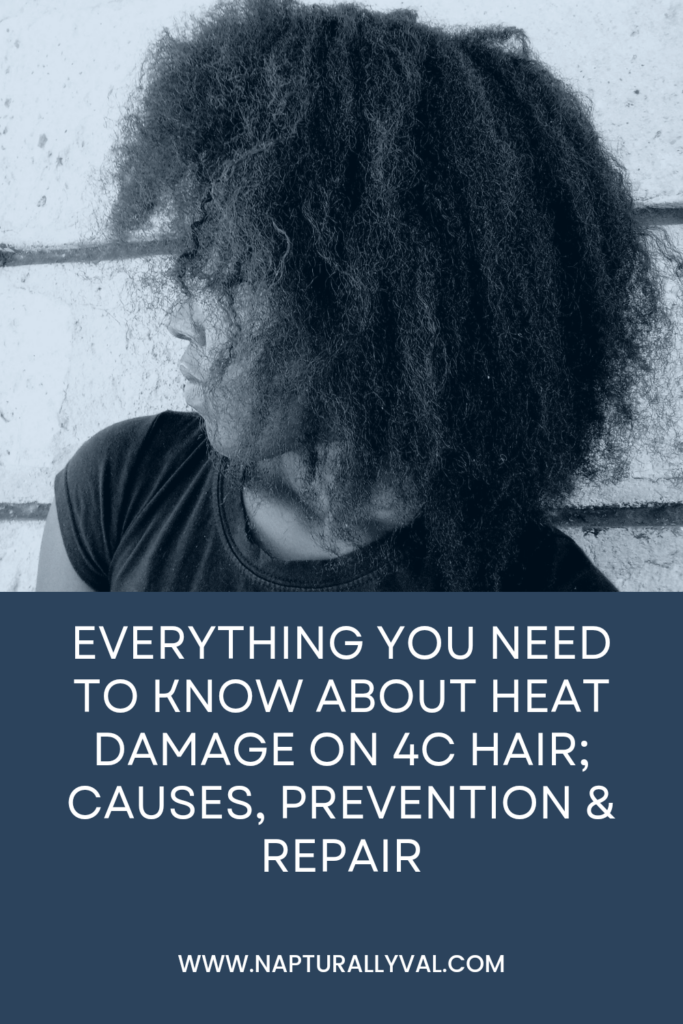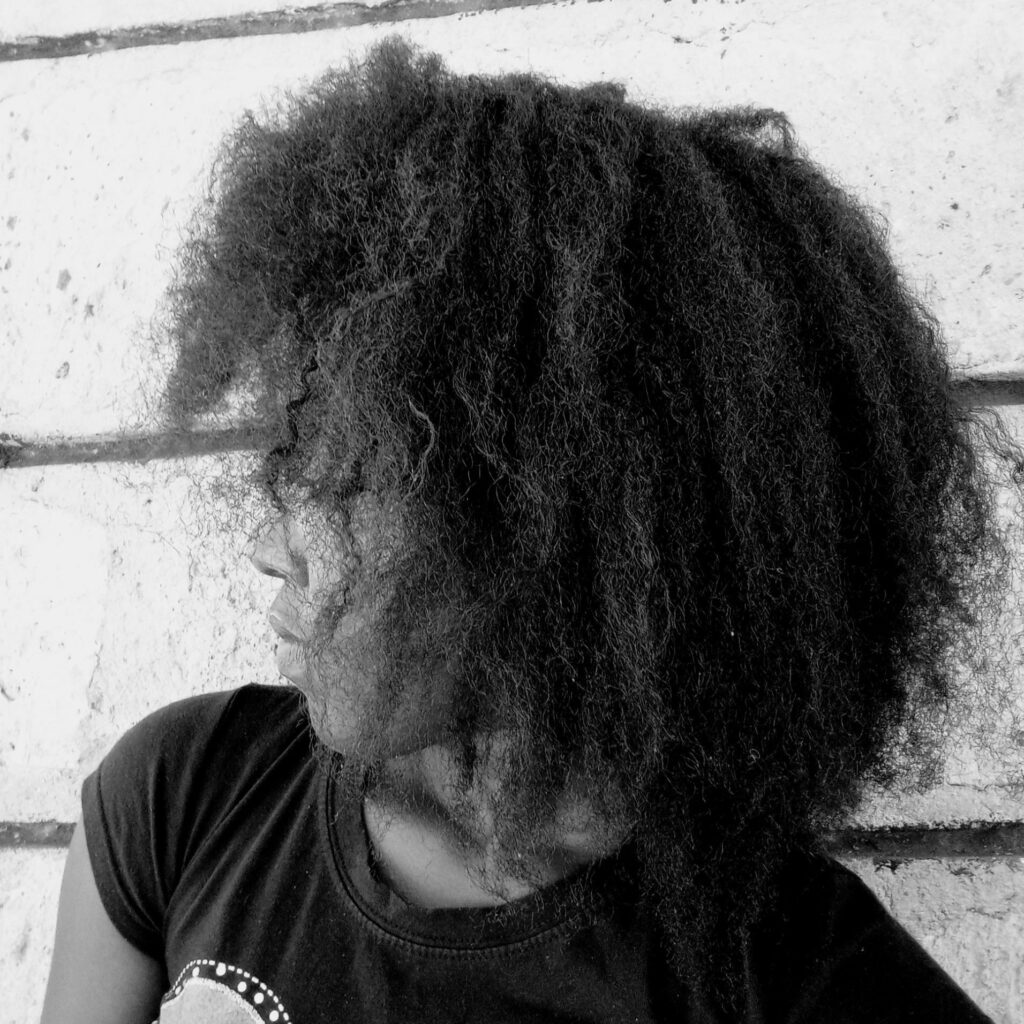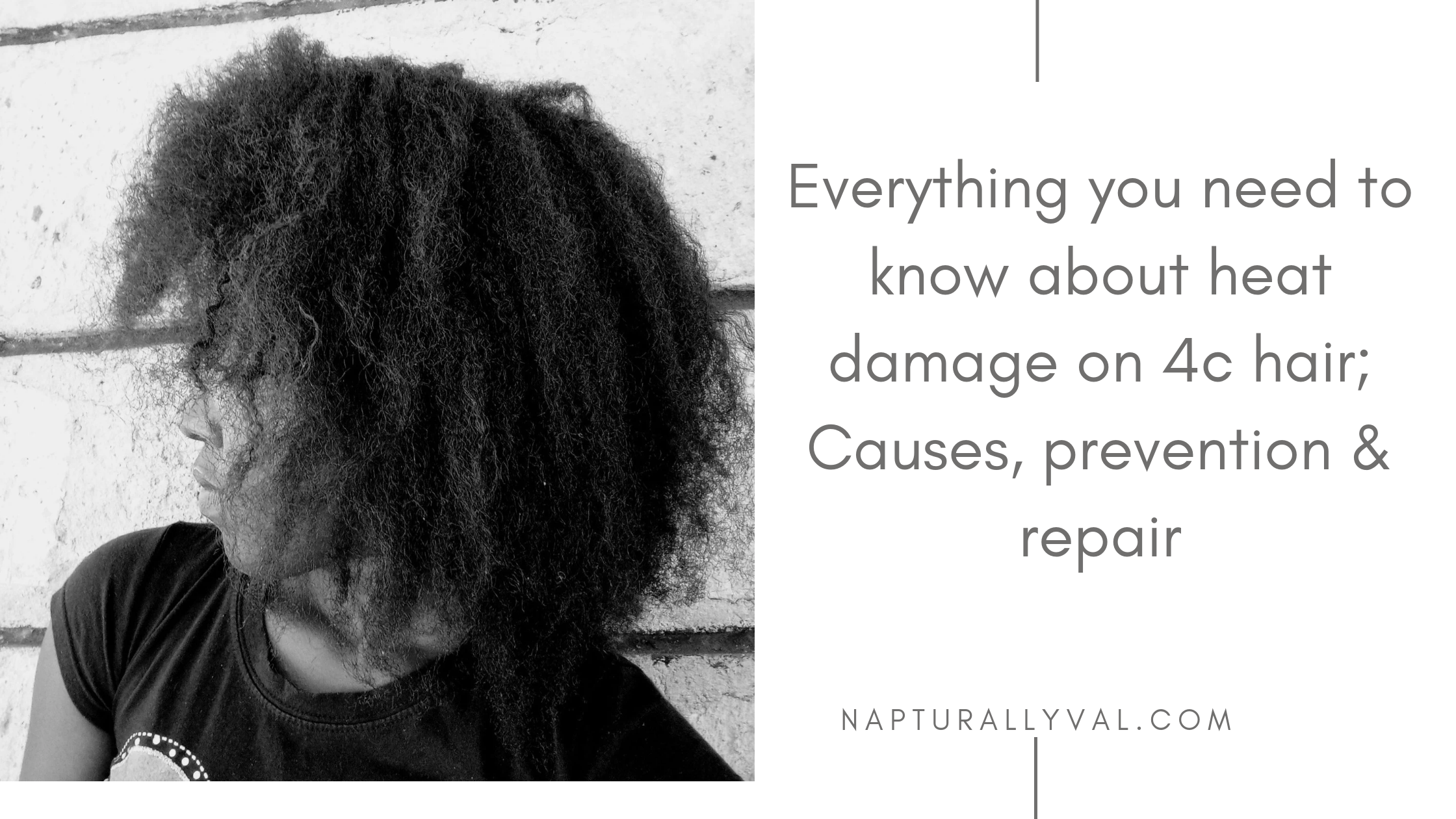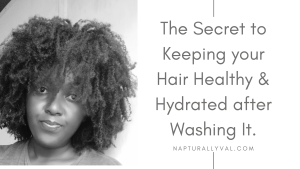Does heat damage sound familiar to you? Let’s talk about it. While heat styling can work wonders on our 4C crowns, transforming them into sleek styles or bouncy curls, it also carries the potential for damage.
Feel like your hair has been the same length forever, I’ve an Ebook that will help you grow your hair healthier, longer and thicker. Grab your copy here… Also, check out all the Ebooks,guides and journals that will go a long way in your hair care journey here.
Heat styling has become a common practice for many individuals seeking to switch up their natural hair’s appearance. I mean, sometime a girl got to show off those inches and flip it whenever and wherever. However, this convenience comes with potential drawbacks, especially for those with 4C natural hair.
“Disclosure: Some of the links below are affiliate links. This means that, at zero cost to you, I will earn an affiliate commission if you click through the link and finalize a purchase.”
In this comprehensive guide, we’ll explore the causes of heat damage, how it occurs, share tips for preventing heat damage, and discuss the best ways to repair heat damage on 4C natural hair.

Table of Contents
4C Hair Heat Damage: Signs, Treatments & How to Restore Your Curls
Causes of Heat Damage.
Using High Heat Levels
- One of the primary causes is exposing your hair to excessively high temperatures during styling. This can lead to the breakdown of the protein structure within the hair shaft, resulting in irreversible damage.
Frequent heat styling
- How often do you use heat tools on your hair? A few times a week, daily? Overusing heat styling tools, such as flat irons and curling wands, can gradually weaken the hair structure. Frequent styling without proper heat protection and using tools on high temperature leaves the hair susceptible to damage. Sis, put those tools down once in a while for your hair’s health.
Related post; how I go years without heat styling my 4C natural hair.
Not Using a heat protectant
- Failing to use a heat protectant before applying heat to your hair is a common mistake. Sis, you don’t have an excuse for not using a heat protectant when there are lots of them in your nearest store. Heat protectants create a barrier between the hair and heat, reducing the impact on the hair shaft.
Related post; Best heat protectants to choose from.
Pre-existing Hair Conditions and Damage
- Hair that is already compromised due to factors like chemical treatments, excessive manipulation, or inadequate moisture is more prone to heat damage. Trim those split ends, moisturize regularly, deep condition, wear low manipulation and protective styles and lastly have a healthy and consistent hair care routine. That’s how you keep your hair healthy and thriving.

Ways to Prevent Heat Damage
Use Heat Protectants
- Always apply a quality heat protectant before using any heat styling tools. This forms a shield around the hair, minimizing the direct impact of high temperatures.
Adjust Heat Settings
- Be mindful of the temperature settings on your styling tools. Lower heat settings can still achieve desired results while minimizing the risk of damage.
Minimize Heat Usage
- Embrace protective styles and low-manipulation hairstyles to reduce the need for frequent heat styling. Give your hair breaks between styling sessions to recover. Also, you can choose any heatless method to stretch/ straighten your hair.
Other preventive measure to take include;
- Trim regularly to remove split ends, which are more susceptible to heat damage.
- Embrace air drying when possible.
- Deep condition regularly to replenish lost moisture. Opt for rich, moisturizing creamy formulas with protein too.

Repairing Heat-Damaged 4C Natural Hair
Trimming
- Begin the healing process by trimming away the damaged ends. This prevents further splitting and breakage, promoting healthier hair growth.
Deep Conditioning:
- Integrate regular deep conditioning treatments into your routine to restore moisture and improve the overall health of your hair.
Protein Treatments:
- Use protein treatments to strengthen the hair shaft. This helps repair the damage and fortify the hair against future stressors.
Low-Manipulation Styles:
- Opt for styles that minimize manipulation, such as protective styles and twists, to reduce stress on the damaged hair.
- Repairing heat damage is a gradual process. Be patient and consistent with your hair care routine, and you’ll begin to see positive changes over time.
Understanding the causes of heat damage, implementing preventive measures, and adopting a focused approach to repair can help 4C natural hair enthusiasts maintain healthy, vibrant curls. Embrace the beauty of your natural texture, prioritize proper care, and let your radiant, heat-damage-free curls shine.




